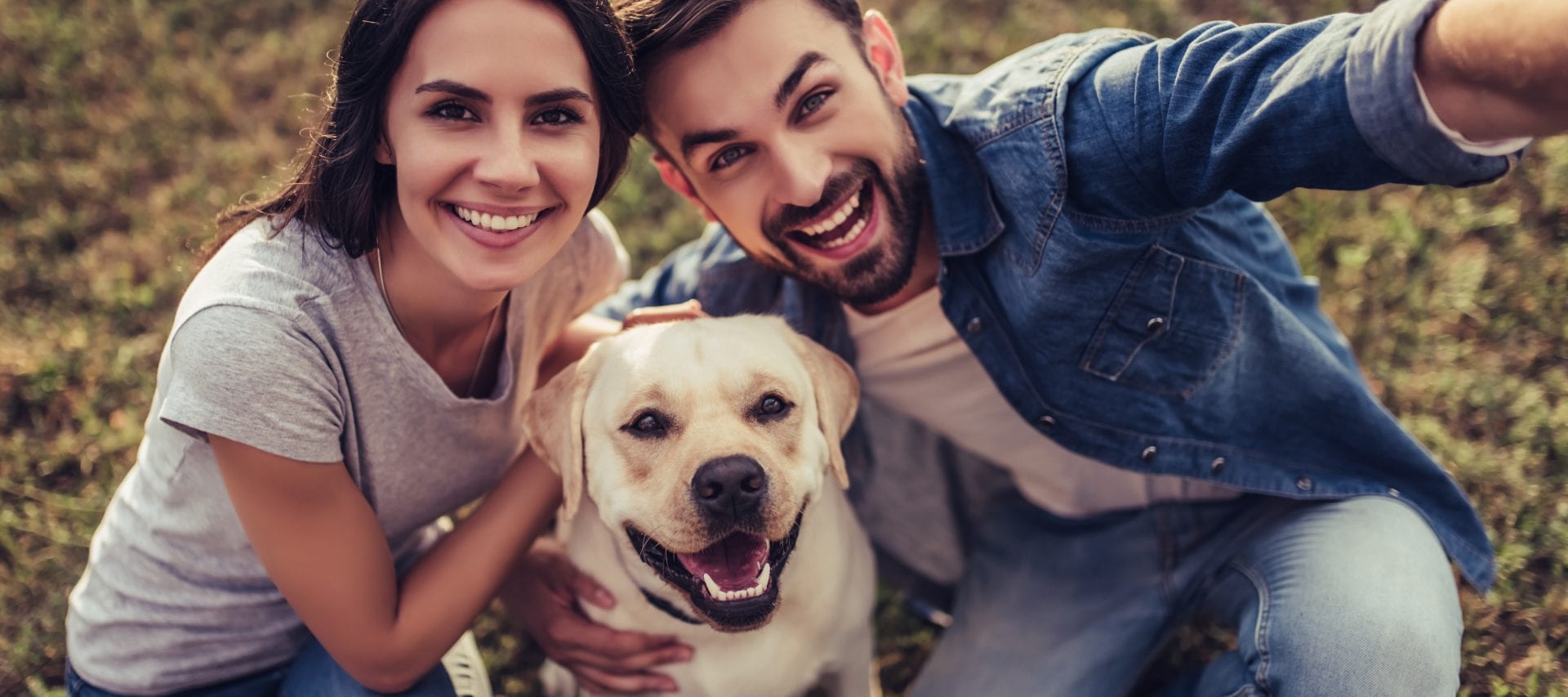I am a person who loves to smile. I love smiling at others and seeing them smile back. It makes me feel good, it makes me happy. And I, along with many others rely on facial expressions to read how other people are feeling.
During this strange time, most smiles are now hidden behind a mask – for everyone’s safety of course – but with it we lose a free, valuable, uplifting gesture. Or perhaps have to seek harder to find it.
I believe the smile is truly powerful – it can elevate your mood, inspire empathy and create calm. And science supports this thinking…
According to Rebecca Brewer – senior lecturer at Royal Holloway University of London – whose research includes the recognition of emotion and identity from faces:
We process information best when we can see the whole face, rather than individual features such as eyes, nose and mouth separately.
If we can’t do this, it can be harder to read someone’s emotions, or even recognise them.
Each horizontal half of the face, one dominated by the eyes and the other by the mouth, affects the other – known as the composite face effect. In other words, what you’re doing with your mouth will change the way your eyes look. People should be able to tell when we are smiling, as genuine smiles come with ‘creased’ eyes (known by psychologists as a Duchenne smile.
In a time where it is difficult to read the emotions of others, our canine companions are there with easy to read body language, wagging their tails to show us they are in their own way smiling.

